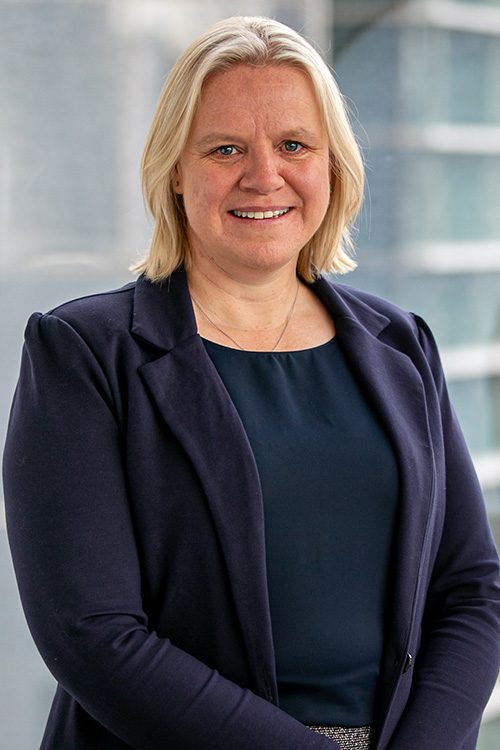If you’re starting to consider retirement and the sale of your practice, you’re not alone.
With the aging of the Baby Boomer generation (those born between 1946 and 1964), the percentage of Australians set to retire is dramatically increasing and will continue until approximately 2034. We can, therefore, assume there will be an increasing number of medical practices being offered for sale.
So, with numerous doctors wishing to transition to retirement at the same time as an increasing number of practices being offered for sale, how can you make your practice favourable to sell?
To ensure your practice is attractive to buyers and maximise your financial returns, you need to ensure the business side of your medical practice is cared for and professionally managed. It’s also critical to consider the generational characteristics of who is selling and to whom they are selling.
Generational groups are identified by changes in views over time, making it important to understand the attitudes and behaviours of who you’re selling to. Understanding your buyer and their motivations can be a key ingredient for a successful sale.
The defining characteristics of Millennials
Millennials are those born after 1981. You’re more likely to sell to doctors and investors in this group, as opposed to investors of Gen X (those born between 1965 and 1980).
There are two main reasons for this:
- Millennial’s currently make up 29 percent (7.1 million) of Australia’s population. With steady net migration, this is predicted to increase by 1.6 million by 2030.
- Gen X doctors who have been inclined to invest in a practice, will have already done so.
Having dealt with many practice sales – and relating the experience from those with the comments on generational attitudes – one factor which appears to rate highest is the desire by Millennials to achieve work-life balance.
Unlike the Baby Boomers who are ‘work-centric’, the younger generations expect a work-life balance, while still expecting to achieve their financial dreams. This dynamic needs to be kept front-of-mind because younger purchasers will factor in the impact of any purchase on their home life, not just the financial considerations.
For example, a smaller practice that may require a substantial commitment after hours from a doctor, both administratively and medically, may be far less attractive to younger doctors than, say, a smaller investment in a larger practice that requires far less of a commitment beyond normal business hours and can be shared amongst colleagues.
Another factor regarding Millennials is they have grown up with the internet and they are technologically proficient. With information at their fingertips, no longer will their practice of medicine be limited to the knowledge of just one individual doctor. This should be a consideration for both how you market your practice, as well as what you can offer the market.
Timeframes for selling your practice
What is promising for Baby Boomers selling their practice is the 2016 Census of Population and Housing revealed ‘healthcare and social assistance’ has continued to grow, and it is now the largest industry by employment. With an aging population, this trend can be expected to continue for at least the next 20 years.
To maximise benefits of this boom, as well achieve an optimal sale price for your practice, an ideal timeframe for planning your exit is around four to five years, which is based on having:
- At least two (ideally three) years of financial results showing strong trading results;
- A year to market the practice and find a buyer;
- A year to work in the practice after the sale and transition patients.
While the timeframes for these three factors may vary, one constant for all sales – the potential purchaser will be considering their return on investment against the risks of ownership, including any work-life balance.
Preparing to sell your practice
Commencing the process of preparing your practice for sale should be undertaken in a systematic manner. You must step away from the ‘medical’ aspect (i.e. you as the doctor) and move into the ‘service’ aspect (i.e. you as the practice owner).
When selling your medical practice, although both business aspects are interdependent, it is the service business that has the value and, therefore, is your saleable asset.
Some ideas for getting started with exit:
- Reviewing the current trading results of your business by benchmarking the financial performance of the practice against other medical centres (this process can help to identify areas of weaker financial performance and then work can be undertaken to address these issues);
- Developing a budget for the business over the next financial year with the intention of renewing this budget for the second year;
- Having quarterly reviews of the financial performance of the business;
- Implementing a marketing plan for the business;
- Reviewing existing agreements with doctors and formalising these agreements.
Importantly, make sure your advisors are experienced in the medical industry, so you can benefit from their experience. There is no benefit to you if you’re teaching those who are meant to be advising you. Specialist issues require specialised solutions, so you can successfully transition from practice owner to retiree.
Thinking about selling your practice? Speak to your local William Buck advisor.
















